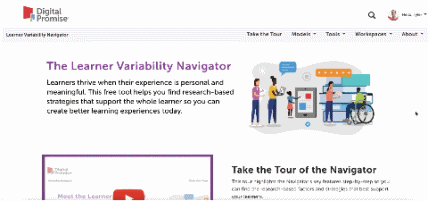Temperature
Overview
Providing ways for students to meet their individual temperature needs supports focus and Self-regulation. Maintaining a comfortable classroom temperature, usually between 68°F and 74°F, also promotes increased student engagement and learning.
Example: Use This Strategy In in the Classroom
Design It into Your Product
Factors Supported by this Strategy
More Physical Space Strategies
When classrooms are intentionally designed to promote inclusion, belonging, and accessibility, they positively influence key learner factors, including Attention, Self-Regulation, Learner Mindset, and Sense of Belonging.
Dim or natural lighting provides a calming environment.
Having space where students can go supports Self-regulation and individual deliberate practice.
Multiple tables and chairs on wheels allow for setting up the classroom to support the desired learning outcomes of each activity.
Multiple display spaces help develop oral language skills as well as Social Awareness & Relationship Skills by allowing groups to share information easily as they work.
Multiple writing surfaces promote collaboration by allowing groups to share information easily as they work.
Decreasing extra audio input provides a focused learning environment.
Math games and manipulatives for vision differences support math development for learners with visual needs.
Children's literature can be a welcoming way to help students learn math vocabulary and concepts.
Providing ways for students to adjust sound level supports individual auditory needs.
Spaces that are structured, organized, and clean provide increased room for collaboration and active learning.








